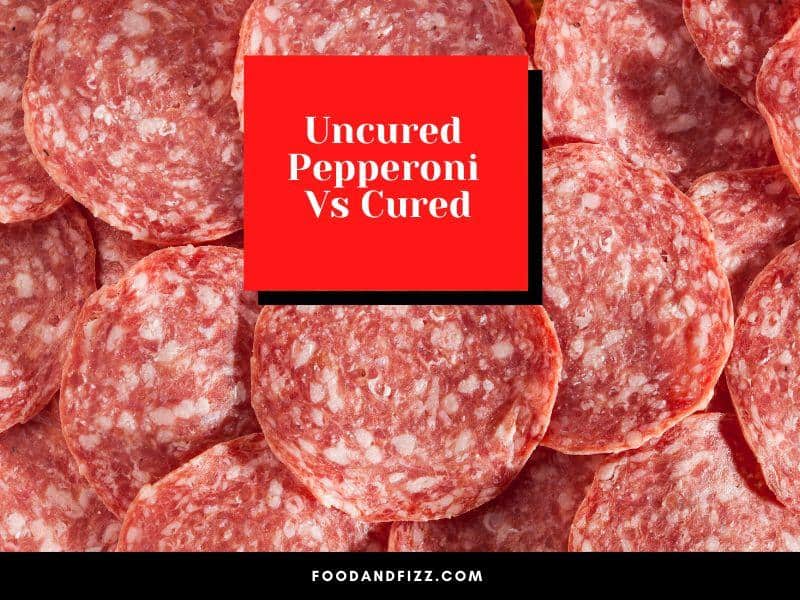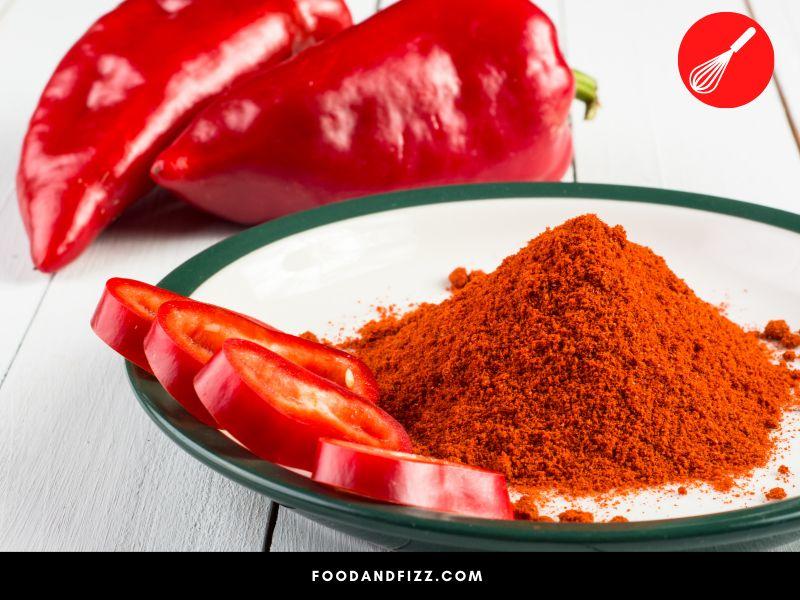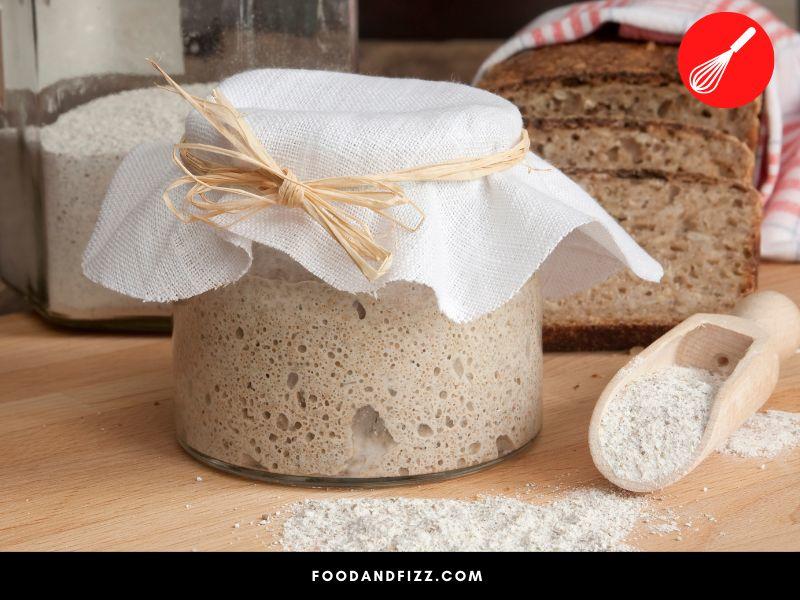Uncured Pepperoni Vs Cured. The practice of curing meat has been around for a very long time, going back thousands of years.
In the days before canning and refrigeration, curing in salt was one of the ways in which people extended the shelf life of their food and prevented spoilage.
Today, we still cure meat, not really out of necessity, but because it is deeply ingrained in our cultures and collective consciousness.
We enjoy the types of food we create through curing, and often, specific ways of curing food have been passed down over several generations.
What started out as something necessary, evolved into something that is considered by many as an intricate art form that is deeply rooted in many cultural traditions.
One of the most popular cured meats is Pepperoni. In the U.S., it is most often associated with pizza and is in fact the number one pizza topping in the country.
We know that pepperoni is a cured meat, but sometimes we would chance upon pepperoni that is labeled as uncured. What is uncured pepperoni and what is the difference between the typical, cured variety?
Uncured Pepperoni vs. Cured- What Is The Difference?
Uncured pepperoni is cured using salt and naturally derived ingredients like celery or beets. Cured pepperoni, on the other hand, uses curing salts and other chemicals to cure the meat. They are both cured products. The only difference is the curing agents.

What Is Pepperoni?
Pepperoni is a dry sausage and a type of salami that is made with a mixture of cured pork and beef and is flavored with chilis and paprika and other spices. It has a spicy flavor and a bright red color. To know more about this hugely popular cured salami, check out What Is Pepperoni Made Out Of?
It is derived from the spicy dry sausages of South Italy but is purely an American creation, Italian American to be exact. The name “Pepperoni” is derived from an Italian word that means bell peppers.
Pepperoni is spicy, salty, and tangy due to the lactic acid produced by beneficial bacteria, and is a very popular topping on pizza. It is normally cured with nitrates and nitrites which gives it its bright red color.
Pepperoni that is cured without chemical curing agents is labeled as uncured pepperoni.
What Is Uncured Pepperoni?
Despite the name, uncured pepperoni is not actually uncured. Rather, it is pepperoni that is cured using nitrates and nitrites that are naturally derived, such as those derived from celery or beets.
Natural Nitrates
Nitrates (and therefore its broken-down form, nitrites), are naturally occurring in soil, water, and in many plants, especially green, leafy vegetables.
Celery, in particular, has a high concentration of natural nitrates and is what is commonly used for many uncured meats, along with beet juice or powder.
When mixed and treated with bacterial cultures, the nitrates in celery get broken down and converted to nitrites. These nitrates and nitrites are then what cure the pepperoni.

“Uncured” Label
Until recently, USDA regulations state that products that are cured using alternative curing ingredients and do not use any of the known chemical curing agents, should be labeled as “Uncured”.
This includes products that are processed and cured with naturally derived nitrates, such as those found in beets or in celery.
This has raised concern among some groups who believe these terms can be misleading to consumers, as both cured and uncured products contain pretty much the same amount of nitrates and nitrites.
With people becoming increasingly conscious of what they consume, the term “uncured” connotes that it is a healthier product when it really is the same as a product that is cured with chemical curing agents.
As such, a petition has been raised by advocate groups to propose to change the potentially misleading regulations, which the USDA has partially granted in 2020 to improve labeling regulations.
Read also: What is Uncured Pepperoni?
What Is Cured Pepperoni?
Pepperoni that has been cured and processed using chemical curing salts that include sodium nitrate and sodium nitrite is what is known as cured pepperoni.
These curing agents are commonly added to processed meat and are what protect the meat from spoilage and from unwanted organisms.
Also sometimes called curing salt or “pink salt” (though not the same as Himalayan salt), they are also responsible for the pink hue of cured meats due to chemical reactions in the meat that react with the nitrites. In short, they are what gives the cured meat, pepperoni included, their characteristic color.
How is Pepperoni Made?
Pepperoni is made in the following way.
1. Meat Selection
To get the right texture and consistency, the right combination of meat and fat-to-meat ratio should be met.
For pepperoni, it should be 70% lean meat to 30% fat, and the most delicious combination is a combination of pork and beef.
Other varieties exist, even a turkey version, but the pork and beef combination is the most popular and the most classic one, so in most cases, pepperoni is considered red meat.
2. Grinding, Salting, and Flavoring
The meat combination is ground to a specific consistency and then mixed with seasonings and flavorings including paprika, garlic powder, salt, and sugar.
Other spices, depending on the maker, may be added but usually, the most dominant flavor in pepperoni is the paprika. Sodium nitrate and sodium nitrites are also added at this point to prevent the growth of bacteria.

3. Inoculation with Lactobacillus Bacteria and Stuffing Into Casing
A culture of lactobacillus bacteria is then added to the mixture to jumpstart the process of fermentation. This process produces lactic acid, which is what gives pepperoni its tangy flavor.
This lactic acid also prevents spoilage and prevents the growth of unwanted bacteria. This bacterial culture is also what is used to make sourdough, yogurt, and some types of cheese.

4. Stuffing and Fermentation
The mixture is then stuffed into casings and then hung in a controlled, warm environment to jumpstart the fermentation process.
5. Smoking and Drying
Fermentation can take up to a few days. After fermentation, the pepperoni is smoked and then allowed to dry further for a few more days before slicing and then packaging.
The Difference Between Uncured Pepperoni and Cured Pepperoni
Uncured pepperoni is cured with naturally derived curing agents like celery or beet juice. Cured pepperoni is cured using pink salt, which contains sodium nitrates or sodium nitrites that are chemically produced.
Cured pepperoni has a characteristic bright red or pink color, while uncured pepperoni, as different curing agents are used, may be paler in color than traditionally cured counterparts.
Uncured pepperoni cannot have synthetic or chemical preservatives and has to be natural, therefore it may contain more salt to compensate for it to keep the meat safe. Cured pepperoni has added preservatives that uncured pepperoni does not have.
Regardless of whether pepperoni is cured or uncured though, both of them will still contain nitrates and nitrites.
Nitrates and nitrites have been controversial ingredients as they have been linked with cancer and other diseases, however, it seems that what we should truly watch out for with regards to this is our level of consumption.
Nitrosamines are carcinogens formed from chemical reactions that may cause cancer of the liver and kidneys.
It does not seem to matter whether you are eating traditionally cured or uncured pepperoni. What matters more is how much of the nitrates and nitrites we consume; therefore, moderation is key.

Is It Safe to Eat Uncured Pepperoni?
Uncured pepperoni is safe to eat as long as it is processed and prepared properly.
When consuming cured meats, or any meat for that matter, the source is always important to make sure they adhere to minimum food safety standards and to make sure that your pepperoni was produced in a safe way.
Is Uncured Pepperoni Healthier than Cured Pepperoni?
Uncured pepperoni and cured pepperoni are made with similar ingredients, and therefore would have very similar nutritional profiles.
Uncured pepperoni though, would only have naturally derived preservatives and would not have the chemical additives that typical cured pepperoni would have.
However, because of this lack of preservatives, uncured pepperoni may contain more salt than its cured counterparts.
In terms of nitrate and nitrite content, they would be very similar, so the risks associated with nitrates and nitrates are the same whether your pepperoni is cured using chemical agents or natural agents.
Given this then, it can be difficult to conclude one is healthier over the other. If you want your pepperoni to have all-natural ingredients though, uncured might be the better choice for you.
Frequently Asked Questions to Uncured Pepperoni Vs Cured
Is Uncured Pepperoni Safe to Eat?
As long as it is sourced, prepared, and processed properly, uncured pepperoni is safe to eat. Uncured pepperoni is still a cured meat product, except that the curing agent used is naturally derived.
Does Uncured Pepperoni Taste Different?
Uncured pepperoni tends to have more salt in it as it does not contain any preservatives, therefore it can be saltier than regular cured pepperoni. It is also lighter and paler in color compared to traditionally cured pepperoni.
Conclusion to Uncured Pepperoni vs Cured
What is labeled as “uncured” pepperoni is not really uncured at all. It is still cured and processed in much the same way as regular cured pepperoni.
The only difference is that “uncured” pepperoni is cured using naturally derived curing agents like those from celery or beets. The nitrate and nitrite content would still be similar to the regular pepperoni cured with the typical curing salts.

